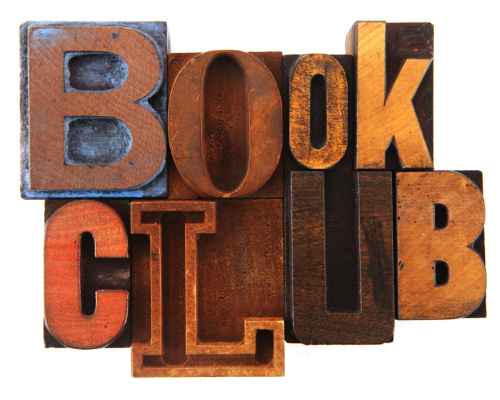Books We Read
Date
Now entering their fourth year, Clarity’s book clubs continue our collaboration to learn and share together as a team.
We just wrapped up our third year of book clubs here at Clarity. Beyond learning from the books themselves, the opportunity to meet with colleagues we may not interact with on a daily basis allows us to share our unique perspectives, and have fun relating to our shared learning.
A previous blog post shared our process around selecting books, forming and participating as groups, and sharing with the rest of our team. As we launch our fourth year of book clubs, we look forward to the continued learning and camaraderie, and to find novel ways to apply new discoveries to our work. Here are the seven books we've read in the past two years.
1. We Want To Do More Than Survive: Abolitionist Teaching and the Pursuit of Educational Freedom, by Dr. Bettina Love
The author defines abolitionist teaching as “based on intersectional justice, anti-racism, love, healing, and joy,” which requires community and grassroots support to allow all students to thrive, not just survive. This book brought a powerful message, beginning with awareness.
2. Wired to Create: Unraveling the Mysteries of the Creative Mind, by Scott Barry Kaufman
The group consensus was that this book was underwhelming, structured as a collection of research on creativity. While some readers identified with certain parts, including the idea that the unconscious mind provides sparks of creativity, overall this was a surface-level exploration of creativity.
3. Zen and the Art of Motorcycle Maintenance: An Inquiry Into Values, by Robert M. Pirsig
Unsurprisingly, as a philosophical text, this was a heavy read. However, the group found some relevance to our work, including that education and curriculum shouldn’t be one size fits all, and that the pursuit of excellence requires persistence and purposeful practice, but also inspiration, challenge, and ambition.
4. Invisible Women: Data Bias in a World Designed for Men, by Caroline Criado Perez
Reflections on this fascinating book were shared during a recent monthly ABAR (anti-bias and anti-racist) discussion, hosted by our Diversity Committee. This book was eye-opening to say the least, providing a myriad of examples of how bias towards men results in adverse circumstances for women throughout our world. As just one example, due to the way cars are designed, a woman is 47% more likely to be seriously injured in a car crash than a man. We agreed that it’s crucial to actively identify any bias in our work as a first step towards avoiding it.
5. Creativity, Inc.: Overcoming the Unseen Forces That Stand in the Way of True Inspiration, by Ed Catmull
Creativity, Inc. explores the processes and culture Pixar Animation uses to foster creativity, including a ‘braintrust’ tasked with reviewing ideas. Our group reflected on this book from each of their perspectives, as educators, engineers, graphic designers, and leaders. Pixar’s care to create an environment where ideas could be respectfully critiqued, and their emphasis on constant learning and improvement, especially resonated across all of the group members.
6. Mind Management, Not Time Management: Productivity When Creativity Matters, by David Kadavy
This book suggests that, in order to be more productive and creative, to consider priorities, focus, and creativity as an alternative to the typical calendar-based schedule. The author, a popular blogger, advocates for re-evaluating daily routines and, most of all, to “keep going even when chaos strikes.” The group surveyed our team to ask how and when we each tend to set our priorities, and solicited advice and ideas for ways to be more creative and to maintain focus.
7. Creative Company: How St. Luke’s Became ‘the Ad Agency to End All Ad Agencies’, by Andy Law
St. Luke’s is an advertising agency with a unique structure that shares ownership with all employees. Written by a founder of the company, it detailed its story, philosophy, and the advantages and pitfalls of its approach. St. Luke’s found that behaviors shift to the benefit of the entire company when employees think and behave like owners, and the agency’s success is due in large part to empowered employees. The group that read this book found many compelling ideas, and wonders how St. Luke’s experience has continued in the many years since the book was published.

